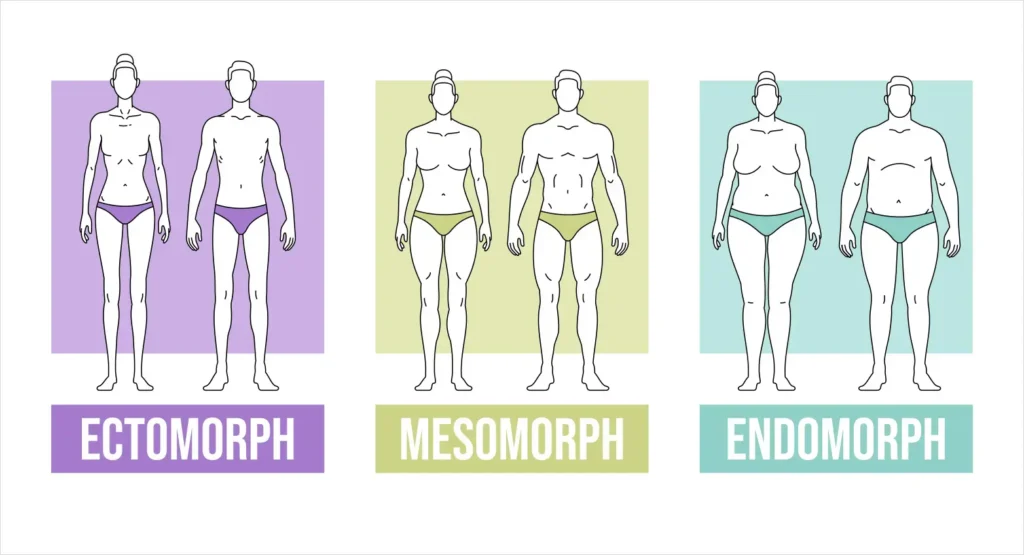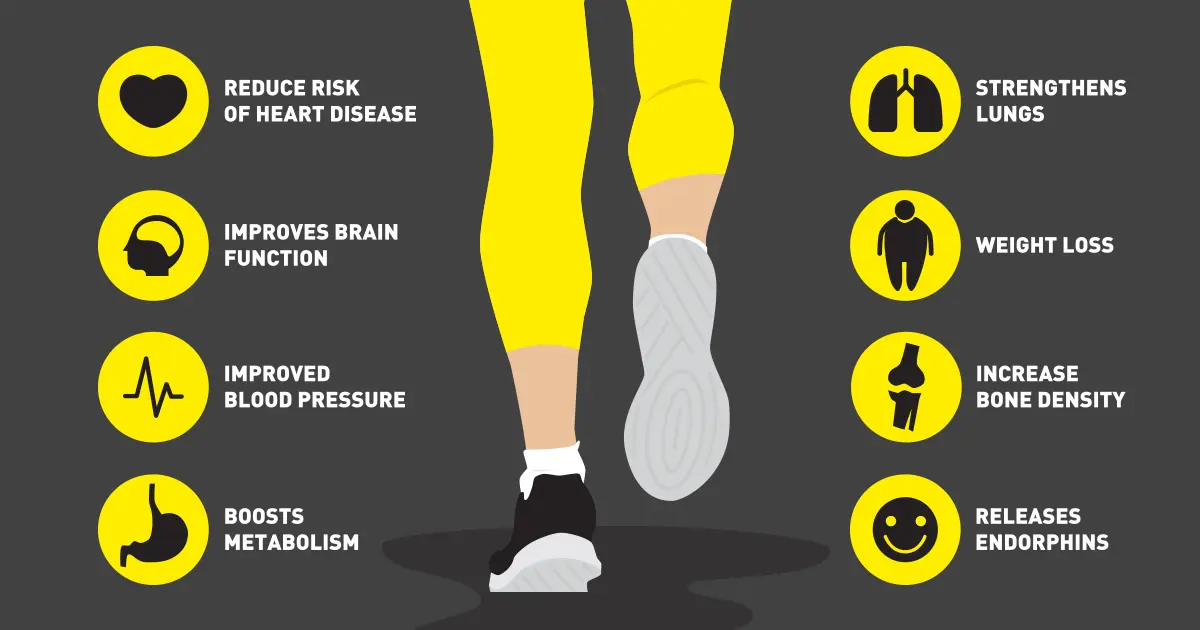Finding Your Stride Regardless of Shape
Ectomorphs: The Lean Machines
Ectomorphs are characterised by their slim and lean physique. While they may not have the natural muscle mass of mesomorphs, their slender build can be advantageous for long-distance running. Ectomorphs often have an easier time with endurance activities, making them well-suited for marathons and ultra-distance events. However, they may need to focus on strength training to prevent injury and enhance overall performance.
Mesomorphs: The Athletic Powerhouses
Mesomorphs are typically muscular and well-built, with a natural predisposition for strength and power. While they may not have the same endurance as ectomorphs, mesomorphs excel in shorter, more explosive bursts of energy. Sprinting and interval training can be particularly effective for mesomorphs, enhancing their speed and agility. Incorporating a balance of strength and flexibility training will help mesomorph runners maintain peak performance.
Endomorphs: Embracing the Curves
Endomorphs often have a more rounded or softer physique, with a tendency to gain weight easily. While they may face additional challenges in terms of joint stress and impact, endomorphs can still thrive as runners. Focus on low-impact activities, such as elliptical training or swimming, to reduce strain on joints. Consistent, moderate-intensity running combined with a well-rounded fitness routine can help endomorphs improve cardiovascular health and maintain a healthy weight.
Balancing Act: Tailoring Your Approach
Regardless of your body type, it’s crucial to remember that running is a versatile activity that can be adapted to suit individual needs. Tailor your training plan based on your body type, but also consider your personal goals, preferences, and any existing health conditions. A well-rounded approach that includes a mix of running styles, strength training, and flexibility exercises will contribute to overall fitness and performance.
Listening to Your Body: The Ultimate Guide
While understanding your body type provides valuable insights, the most important aspect of any running journey is listening to your body. Pay attention to how it responds to different types of training and adjust accordingly. If you feel pain, fatigue, or discomfort, it’s essential to address these signals promptly to prevent injuries and maintain a sustainable running routine.
Conclusion
In the world of running, there is no one-size-fits-all approach. Embrace your body type, recognising its unique strengths and potential challenges. Whether you’re an ectomorph conquering long distances, a mesomorph sprinting to victory, or an endomorph finding joy in every stride, running is a versatile activity that welcomes everyone. The key is to find the balance that works for you, listening to your body and enjoying the journey towards better health and fitness. Happy running!



